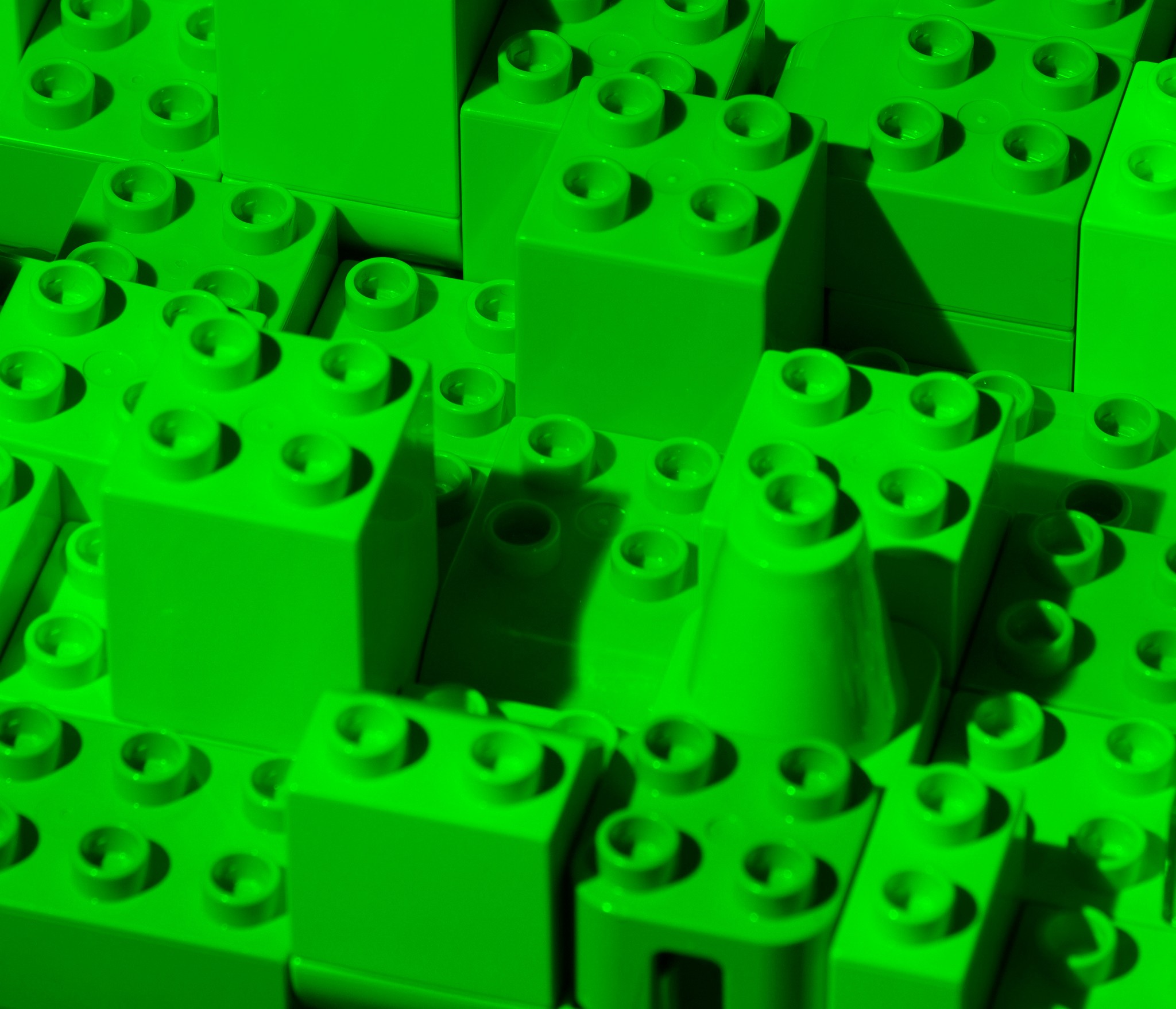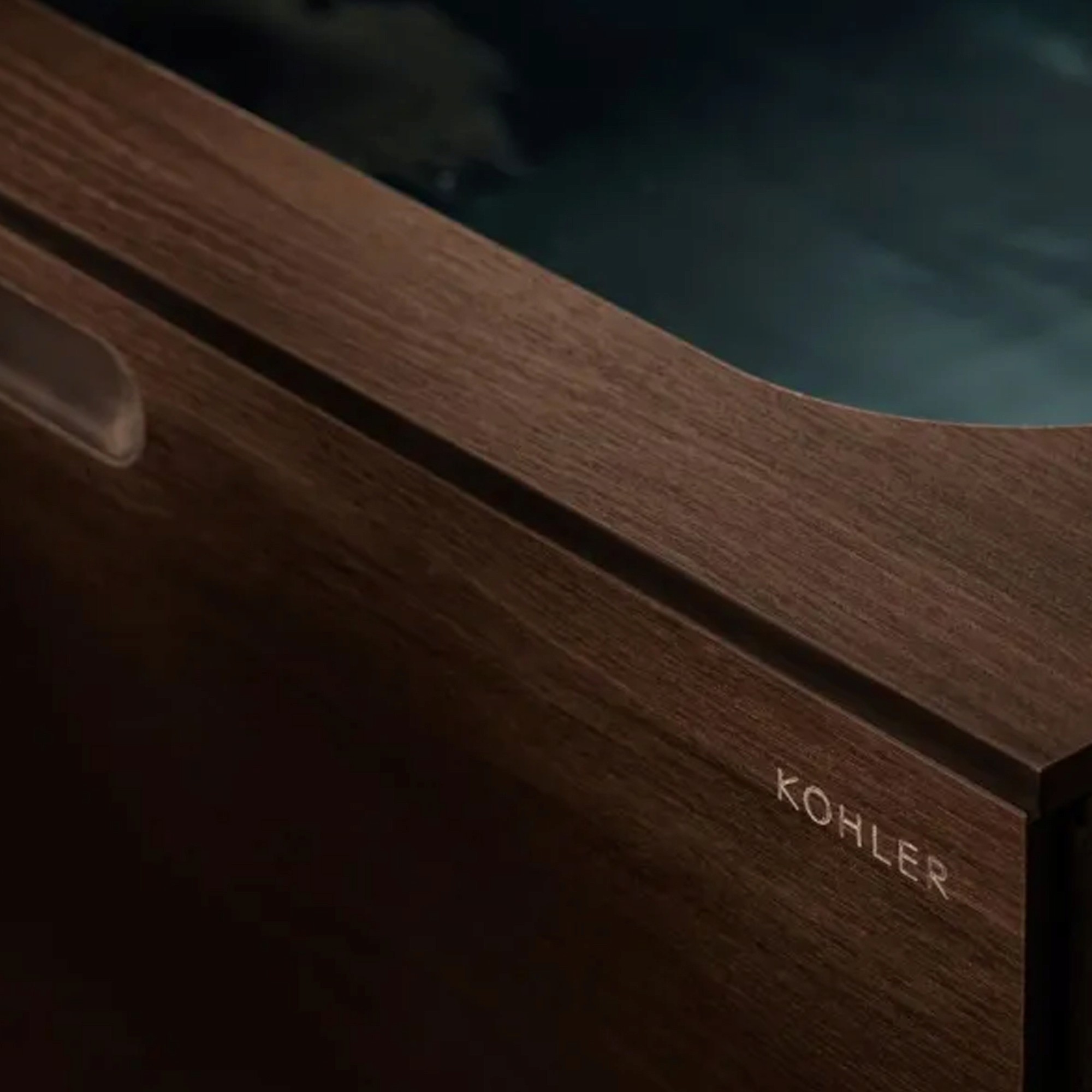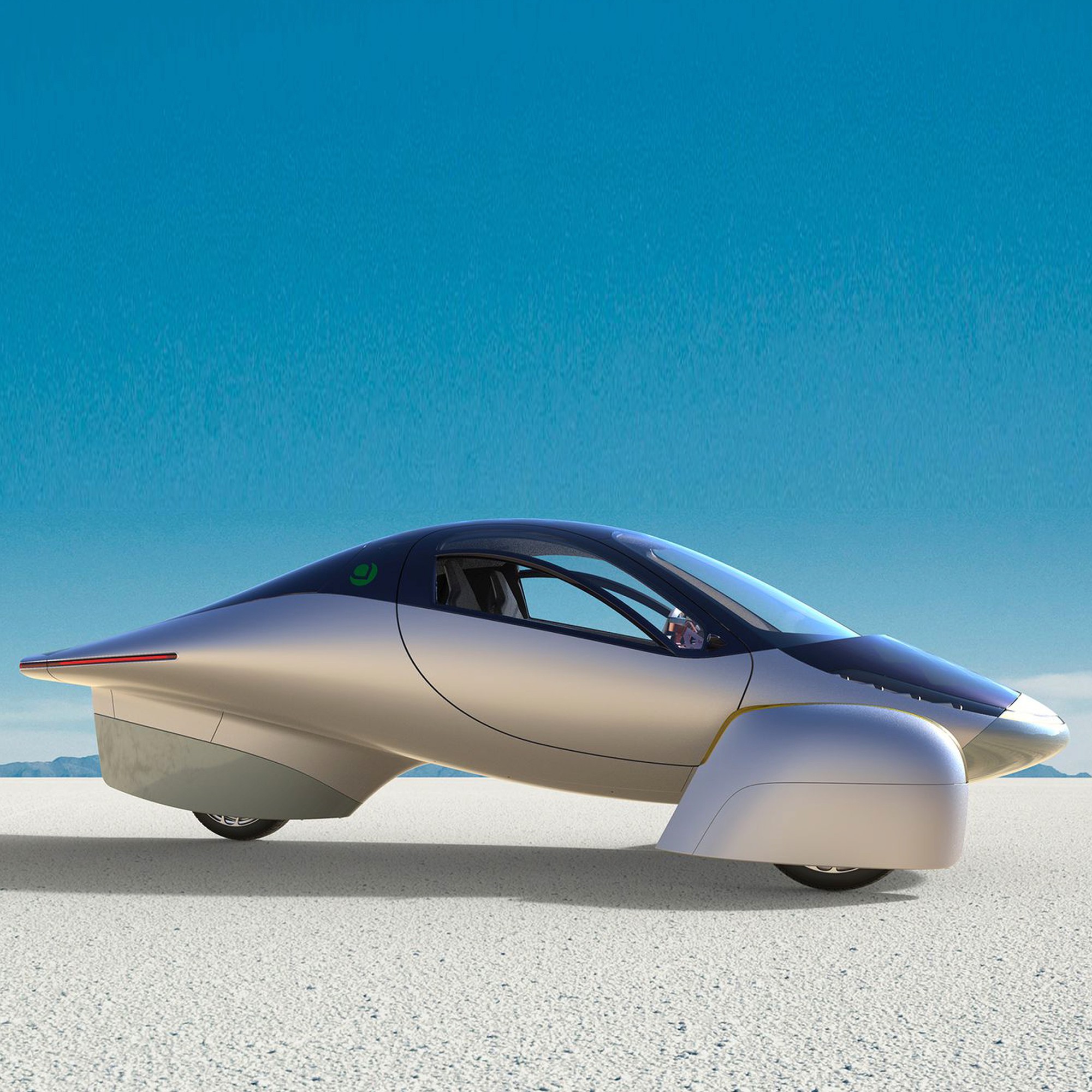LEGO PROGRESS
Lego’s decision to shift toward environmental sustainability, with a pledge to produce all its products from renewable or recycled materials by 2032, feels less like a bold leap forward and more like a reluctant step in the right direction—one long overdue. For a company that has built its empire on plastic bricks, the environmental toll of its reliance on fossil fuel-based materials has been evident for decades.
Since their inception, Lego bricks have been manufactured using acrylonitrile-butadiene-styrene (ABS), a durable but environmentally harmful plastic. Only in 2018 did Lego take its first tentative step toward sustainability by introducing botanical elements—leaves and trees—made from bio-polyethylene (bio-PE) derived from sugarcane. While this was a small and symbolic shift, it was hardly the overhaul one might have hoped for from a brand of its global stature.
In 2021, Lego touted the development of a prototype brick made from recycled PET plastic bottles. However, this initiative was abandoned after testing revealed the material did not meet the company’s quality and safety standards. More critically, it failed to meaningfully reduce carbon emissions. The discontinuation of the project highlighted the company’s struggle to reconcile sustainability with its exacting product standards—a problem it should have been addressing far earlier.
One recent improvement is Lego’s adoption of the mass balance approach, which blends fossil-based plastics with renewable or recycled materials, such as used cooking oil. By the first half of 2024, 30% of the resin Lego purchased was certified under mass balance principles, with roughly 22% coming from renewable sources. While this approach marks progress, it raises the question of why it took this long for the company to prioritize even partial reliance on sustainable materials.
Lego admits that eco-friendly plastics are up to 60% more expensive than conventional options. Yet, the company has chosen to absorb these costs without raising prices for consumers—a laudable choice, though one that reflects just how much ground it has to make up to align with modern sustainability standards.
Lego’s goals, including sourcing more than half of its plastic from renewable materials by 2026 and transitioning entirely to sustainable production by 2032, sound promising but ring hollow when set against the urgency of the climate crisis. The timeline is sluggish for a company of its resources and influence, especially as competitors in other industries have already made significant strides.
These initiatives, while commendable, come decades late. Lego is finally addressing its environmental responsibilities, but it cannot escape the reality that it has been a major contributor to plastic waste for generations. The company’s recent efforts, however necessary, serve as a reminder of how far behind it is in meeting the standards that today’s consumers and the planet demand.









